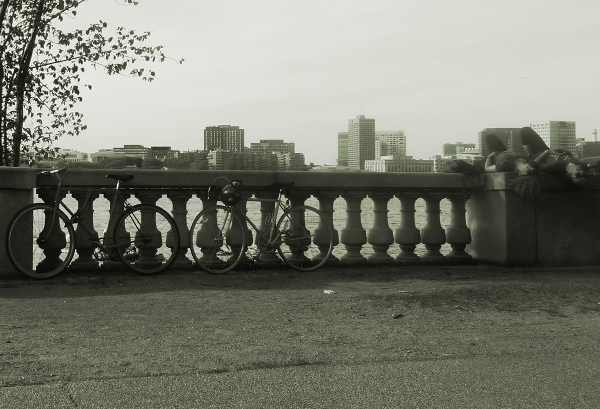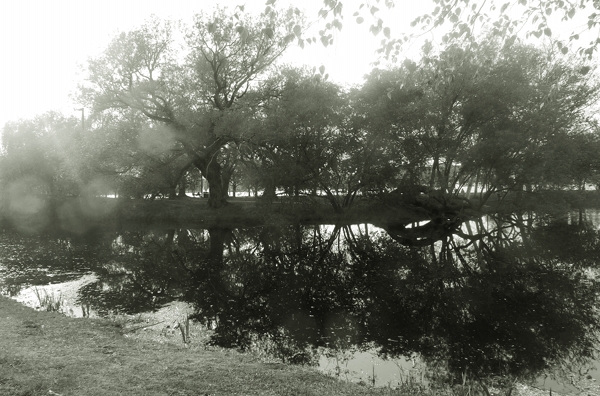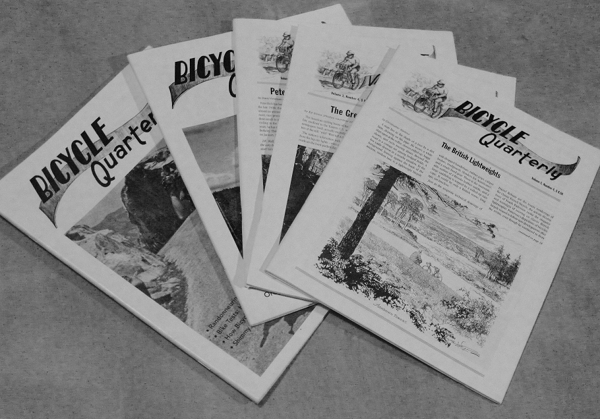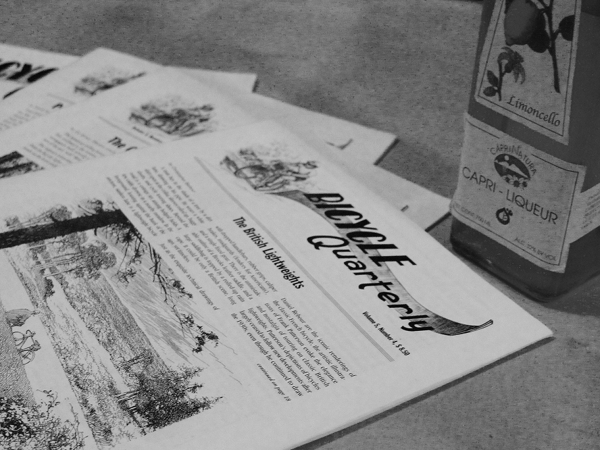










ou can hurt with your words but sometimes you can hurt more with your silence.
















 Cycling through the city yesterday, I almost felt as if I was being shown one of those videos of "How Boston Could Be 5 Years from Now"... except it was real.
Cycling through the city yesterday, I almost felt as if I was being shown one of those videos of "How Boston Could Be 5 Years from Now"... except it was real. Passing through a stretch of the Charles River trail, it seemed that almost everyone sitting by the water had arrived there by bicycle. And the majority of the bikes looked to be personalised and well-ridden - rather than the sort of bicycle that is either a rental, or ridden once in a while on a sunny weekend. The velo-atmosphere is distinctly different from last summer.
Passing through a stretch of the Charles River trail, it seemed that almost everyone sitting by the water had arrived there by bicycle. And the majority of the bikes looked to be personalised and well-ridden - rather than the sort of bicycle that is either a rental, or ridden once in a while on a sunny weekend. The velo-atmosphere is distinctly different from last summer. Having crossed the BU Bridge, which is now under construction, I then looked at it from the trail and thought about the Charles River Bridge Campaign that I had mentioned in a previous post. This campaign aims to ensure that along with the scheduled repairs to the bridges, practical improvements will also be made that will make the bridges more walkable, more cyclable, and generally more enjoyable. The possibility of benches and shady promenades was mentioned.
Having crossed the BU Bridge, which is now under construction, I then looked at it from the trail and thought about the Charles River Bridge Campaign that I had mentioned in a previous post. This campaign aims to ensure that along with the scheduled repairs to the bridges, practical improvements will also be made that will make the bridges more walkable, more cyclable, and generally more enjoyable. The possibility of benches and shady promenades was mentioned. Can the huge, dangerous bridges over the Charles really be made to resembles these lovely smaller ones? That would be utter Utopia.
Can the huge, dangerous bridges over the Charles really be made to resembles these lovely smaller ones? That would be utter Utopia. And Utopia is not necessarily impossible.
And Utopia is not necessarily impossible. At least the bicycles of Boston are hopeful.
At least the bicycles of Boston are hopeful.


 Winkel van Sinkel, quite busy during lunch.
Winkel van Sinkel, quite busy during lunch. A quick trip to the WC (toilet). This is the basement of the restaurant that used to be a warehouse exiting to the wharf. In the old times, businessmen trade their wares by coming to Utrecht on boats and loading the wares on the below the street level wharfs.
A quick trip to the WC (toilet). This is the basement of the restaurant that used to be a warehouse exiting to the wharf. In the old times, businessmen trade their wares by coming to Utrecht on boats and loading the wares on the below the street level wharfs. The facade of Winkel van Sinkel at night. Foto from http://themeet140.com/
The facade of Winkel van Sinkel at night. Foto from http://themeet140.com/ [Edited to add: Bicycle Quarterly became a sponsor of this website in December . This post was written 1 year prior to that time.]
[Edited to add: Bicycle Quarterly became a sponsor of this website in December . This post was written 1 year prior to that time.] To be sure, the Bicycle Quarterly contains a wealth of carefully researched information, which I find invaluable to my own learning experience. The author is detail-oriented and analytical, conducting in-depth research and getting to the very heart of the matter in every topic he explores. In particular, I have found the rare historical information, and the many articles examining the geometries of classic bicycles extremely useful.The information provided is not something that can easily, if at all, be found online, and so it is a priceless resource. I will be storing these back issues carefully and using them as reference material in the future.
To be sure, the Bicycle Quarterly contains a wealth of carefully researched information, which I find invaluable to my own learning experience. The author is detail-oriented and analytical, conducting in-depth research and getting to the very heart of the matter in every topic he explores. In particular, I have found the rare historical information, and the many articles examining the geometries of classic bicycles extremely useful.The information provided is not something that can easily, if at all, be found online, and so it is a priceless resource. I will be storing these back issues carefully and using them as reference material in the future.







